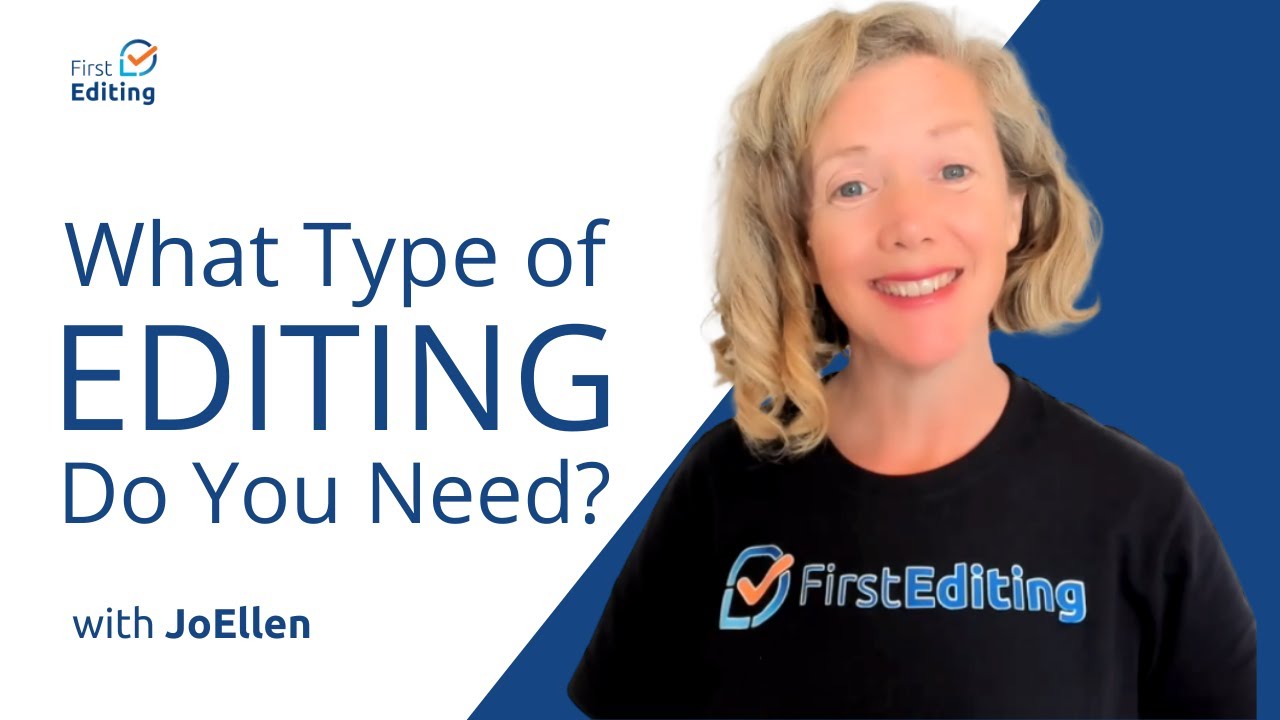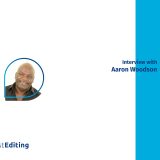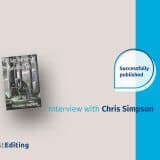

What can editing services provide for a researcher?
As a second pair of eyes, the scientific manuscript editor plays a crucial part in the final stages of preparing a manuscript for print or publishing. An experienced academic editor is invaluable as every author makes mistakes, from typos and extra spaces to awkward phrasing, structural issues, and deviations from the style guidelines. This article focuses on the outlining the unique skills and editing services specialized copy editors apply to improve your academic writing.
Some of the fundamental skills required for a professional copy editor include precision and patience, a mastery of English grammar, and a comprehensive knowledge of the finer details of academic writing, such as scholarly voice, word choice, and general use of English.
Given the technical nature of scientific research, the language and terminology are often fairly advanced. Therefore, research editing in the final stage before publishing ensures consistency and clarity throughout an author’s draft manuscript. Further, while many researchers are experts in their field of study, academic writing is a skill that not everybody can become proficient in. Having a vetted, professional editor helps you succeed.
What does research editing include?
Copy editors focus on the following tasks when working on a research article.
- Editing syntax to ensure clear sentences by adjusting and correcting errors pertaining to grammar, spelling, and punctuation
- Formatting the manuscript to the submission guidelines set by the publishing body or institution. Common tasks include headings, pagination, line spacing, indentation, etc.
- Checking all citations and references, titles of figures/tables, and any supplementary material also conform to the style guide (e.g., APA, Chicago, etc.)
- Providing feedback via constructive margin comments to explain specific changes and make suggestions regarding the structure, content, and alternative words and phrases
What should you consider before sending your manuscript to an academic editor?
As a researcher, being published in a recognized journal can give you greater credibility in your field, while it may also help you gain funding for future projects. However, being successful means you need to publish your research in the best possible light.
To make sure your draft manuscript is up to scratch, rather than submitting it yourself, consider hiring a scientific manuscript editor to fine-tune it to perfection. After assessing their research editing ability in a free sample, selecting the right copy editor will place you in a much better position to be successful in having a published.
The best editing services for researchers provide vetted editors who have scientific expertise in your academic research field.
So, what should a researcher do before sending their manuscript to an editor?
- A strong title gives your research paper greater visibility in academic databases and journals. When refining your title, consider any significant keywords that will help your research stand out. Note that the editor can make light changes to your draft to improve the presentation and readability.
- After the title page, the abstract is the editor’s next port of call. The abstract summarizes your research, including the methods used, the results obtained, the author’s interpretation of their results, and recommendations for future research. Given that the word count is very specific, usually between 150 to 300 words, authors must include only the most important elements of the study. The editor can help you reduce the word count if necessary.
- Next, consider the overall structure of your manuscript. Read through each section again carefully to identify any awkward or out-of-place statements and interruptions in the flow. The clearer the writing, the easier it will be for the editor to understand the content.
- Arguably, one of the most important aspects of research is accurately describing how you collected the data. Make sure you sufficiently describe your methods in terms of the results they generated. Present statistics as tables or figures, while including graphs and charts.
Before sending your manuscript to the editor, read back through it a couple more times. If you identify any errors or mistakes that you may have made in the draft writing process, attempt to correct them and leave comments in areas you are unsure about.
Also consider spelling and word choice. American and British English have some very subtle differences regarding spelling and grammar. Even native speakers misspell some widely known words. In addition, try to use the same font and font size throughout. Format appropriately the references/bibliography. The most common formats in academic writing include APA, MLA, and Chicago style.
Besides correcting spelling errors and awkward phrases, experienced editors also make effective adjustments to sentence and paragraph transitions, as well as broaden the range of structures and vocabulary used.
What additional services do editors offer?
On top of a basic proofread or copy edit, editors may apply deeper levels of research editing, such as a line or content edit. These editing levels give editors more freedom to change sentence structure and phrasing. Editors may also leave margin comments to provide developmental feedback, suggest alternative words and phrases, and point out structural flaws in the manuscript. Such comments give insight into the author’s writing skills and how they can improve.
Additional editing services include pagination, table of contents creation, and style guide compliance.
Requesting a free sample is a great way to select the ideal editor for your manuscript. Not only will you be able to assess their skill and proficiency in ensuring your manuscript is ready for submission, but you will also receive valuable feedback on how to improve your writing skills.











